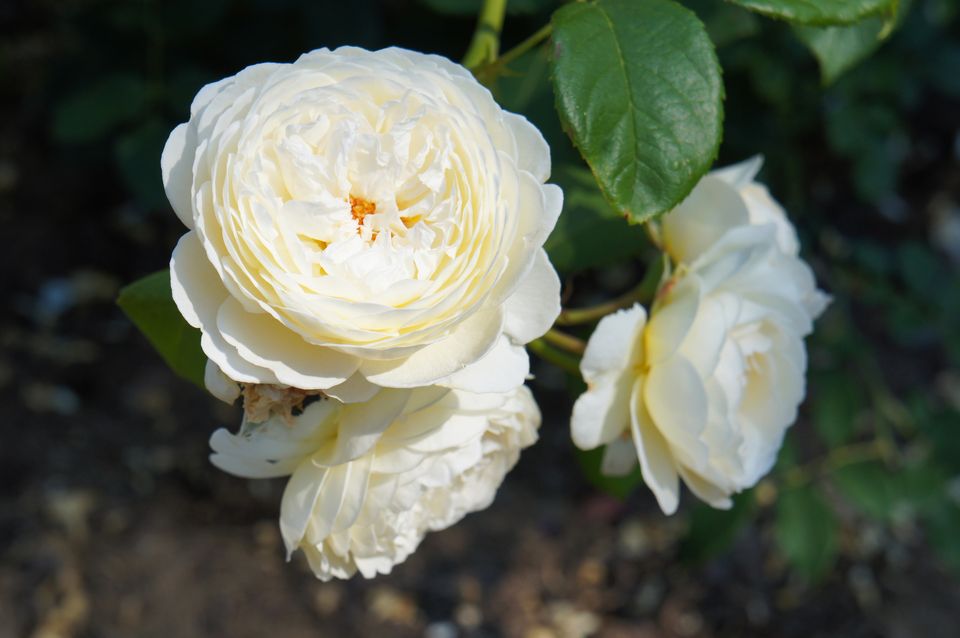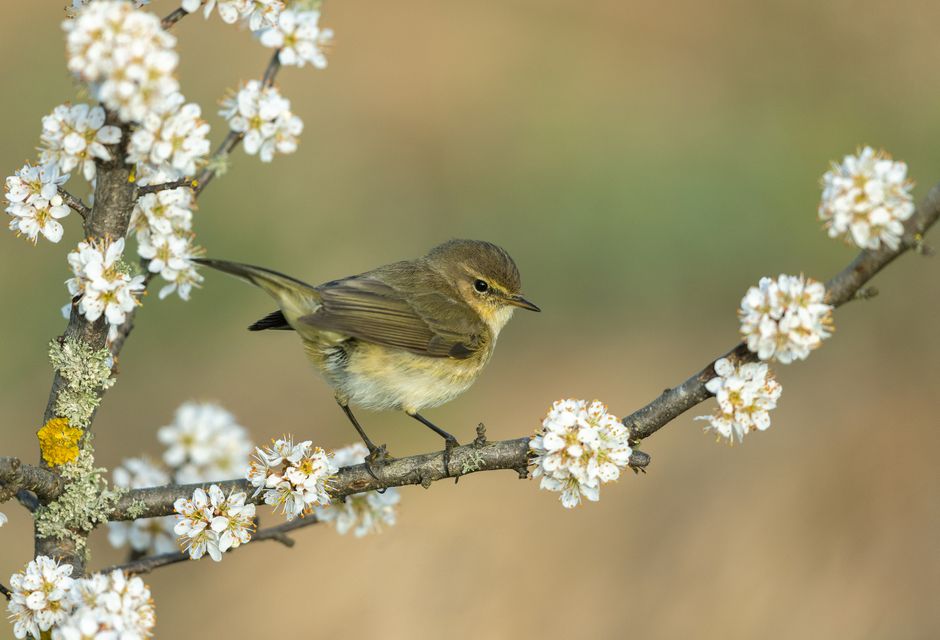One of the most common questions that garden owners have concerns planting under trees.
Under a dense canopy, the ground can be very dry and hard to work. Try digging and your spade can hit the underground root network, making it a frustrating experience.
While the ground beneath trees can be inhospitable places for plants, we see in nature that even in dense forests, there are species which have adapted to this dry shade and we can take some inspiration from this.
If the trees are deciduous, there can be a host of spring flowering bulbs and plants which take their opportunity before the leaf canopy closes in.
Evergreen ferns take up residence and foxgloves will thrive in dappled shade.
Establishing new plants in challenging places can take time and effort, so I want to tell you this week about a different approach — it’s called no dig.
It’s becoming a very popular technique amongst vegetable growers and, more recently, many ornamental gardeners are turning to it as a method of planting flowering borders. And it could be a great solution to hard-to-dig dry root-filled spaces.
Here’s what you need to do to plant the no-dig way under trees. Begin by clearing the planting area beneath the tree or trees, removing any twigs or leaves.
Next, put down layers of cardboard — overlap the sheets so there are no gaps left. You are creating a light blocking barrier that will suppress weeds and lock in moisture. Next, soak the cardboard until it’s drenched.
The cardboard will break down over time, but in the meantime, it will be disguised by layering organic compost on top. This could be from your compost heap, leaf mould or well rotted manure.
I use material sourced from Enrich (details below). Apply a thick layer — around 6 to 8 inches — and this will be your planting medium.
Make small holes in the compost and place your plants or bulbs within. These will form root systems through the compost and, over time, into the ground.
Water in well and add a layer of mulch, such as bark, to help retain the moisture. Depending on how dry the area is, keep watering them. Initially, they might seem a little limp, but as they settle in, they will perk up.
It will be easier to use smaller plants that will grow into the space rather than mature ones, which may struggle in the shallow compost.
Try hardy ferns such as the male fern (dryopteris filix-mas) and the soft shield fern (polystichum setiferum) — these look at home and add strong texture with their beautiful arching fronds.
Periwinkle (vinca minor) is another toughie in dry spots. It’s a low-growing evergreen creeping perennial, which has pretty purple blossoms in spring.
Every spring, my local woodland has carpets of dainty white flowers of the native wood anemone, anemone nemorosa, so that means it’s at home in the dry conditions.
Other reliable performers include: brunnera macrophylla, which has heart-shaped leaves and pretty blue flowers in spring; epimedium, which also has heart-shaped foliage and pretty yellow spring flowers; and the autumn cyclamen, C hederifolium, which is at home at the base of a tree.
There’s a hardy geranium for every situation in the garden, including dry shade — geranium macrorrhizum is a good ground cover and you’ll get pretty pink flowers in late spring.
Liriope or lilyturf has very unusual purple flower spikes in late summer and attractive grass-like foliage the rest of the year.
With this method, I’d encourage plentiful watering during its first few growing seasons until the added compost, cardboard and original soil have reached an accommodation and begin to react to each other as their systems link.
Compost
Enrich Environmental Ltd is based in Larch Hill, Kilcock, Co Meath, Ireland, with a focus on creating peat-free compost and sustainable soil products.
They repurpose organic waste materials into compost and soil conditioners, aiming to enhance soil health and support environmental sustainability.
Address: Larch Hill, Kilcock, Co Meath, Ireland, W23 W9D. Phone: 01 610 3672. See [email protected].
Read more
Claire Austin rose is a vigorous climber for a sunny wall. Photo: Getty
Plant of the week
It’s the start of the bare-root-planting season for deciduous trees and shrubs, and this includes roses.
It’s the cheapest way to purchase roses so if you’ve always wanted a David Austin rose, now’s the time to get ordering.
Any rose named after a family member is a good bet from the Austin stable and Claire Austin is no exception.
Lemon buds open to beautiful creamy white flowers with a strong fragrance of myrrh, vanilla and heliotrope. A healthy and vigorous climber for a sunny wall.
Lichens are a sign of a healthy environment. Photo: Getty
Reader Q&A
Q: A 40-year-old well-established white thorn hedge has been affected by the growth of what looks like lichens. Any suggestions on how to treat it will be much appreciated. — Ulrich
You don’t need to do anything about this. Lichens are not parasitic so they are not harming the hedge. Lichens are a sign of a healthy environment. As they have no protective barriers, they are amongst the first to die in a polluted area, so I’m guessing you are in the countryside.
Submit your gardening questions to Diarmuid via his Instagram @diarmuidgavin using the hashtag #weekendgarden

